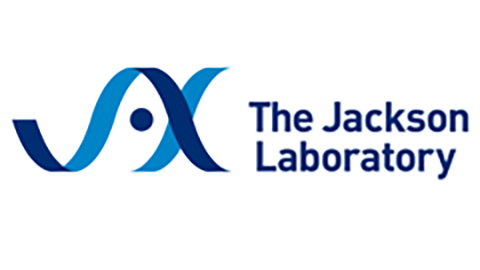
Faculty Research 1990 - 1999
An alternative first exon in the distal end of the erythroid ankyrin gene leads to production of a small isoform containing an NH2-terminal membrane anchor.
Document Type
Article
Publication Date
1998
Keywords
Alternative-Splicing: ge, Amino-Acid-Sequence, Animal, Ankyrins: bi, ge, ph, Base-Sequence, Cloning-Molecular, DNA-Complementary, Erythrocyte-Membrane, Exons: ge, Immunoblotting, Mice, Mice-Inbred-C57BL, Molecular-Sequence-Data, Muscle-Skeletal, Organ-Specificity: ge, Peptide-Fragments: bi, ge, ph, Promoter-Regions-(Genetics): ge, Protein-Isoforms: bi, ge, ph, SUPPORT-U-S-GOVT-P-H-S, Transcription-Genetic
First Page
79
Last Page
88
JAX Source
Genomics 1998 May 15;50(1):79-88
Grant
HL29305/HL/NHLBI, DK27726/DK/NIDDK, CA34196/CA/NCI
Abstract
Mouse erythroid ankyrin is encoded by the Ank1 gene on Chromosome 8. The best studied isoform is 210 kDa and contains three large functional domains. We have recently reported a small Ank1 isoform (relative mobility 25 kDa) that localizes to the M and Z lines in skeletal muscle. Analyses of cDNA and genomic clones show that three transcripts of 3.5, 2.0, and 1.6 kb code for this protein. The different transcript sizes are due to their 3'-untranslated regions. They are encoded by a new first exon located in intron 39 of the Ank1 gene and three previously described Ank1 exons (40, 41, and 42). The 5'-flanking region contains a putative muscle-specific promoter. The sequence of the first 72 amino acids is novel and is predicted to form a transmembrane helix at the NH2-terminus. Functional testing of the putative transmembrane segment indicates that it acts as a membrane anchor, suggesting that the new Ank1 isoform may play an important role in organizing the contractile apparatus within the cell. Copyright 1998 Academic Press.
Recommended Citation
Birkenmeier CS,
Sharp JJ,
Gifford EJ,
Deveau SA,
Barker JE.
An alternative first exon in the distal end of the erythroid ankyrin gene leads to production of a small isoform containing an NH2-terminal membrane anchor. Genomics 1998 May 15;50(1):79-88

